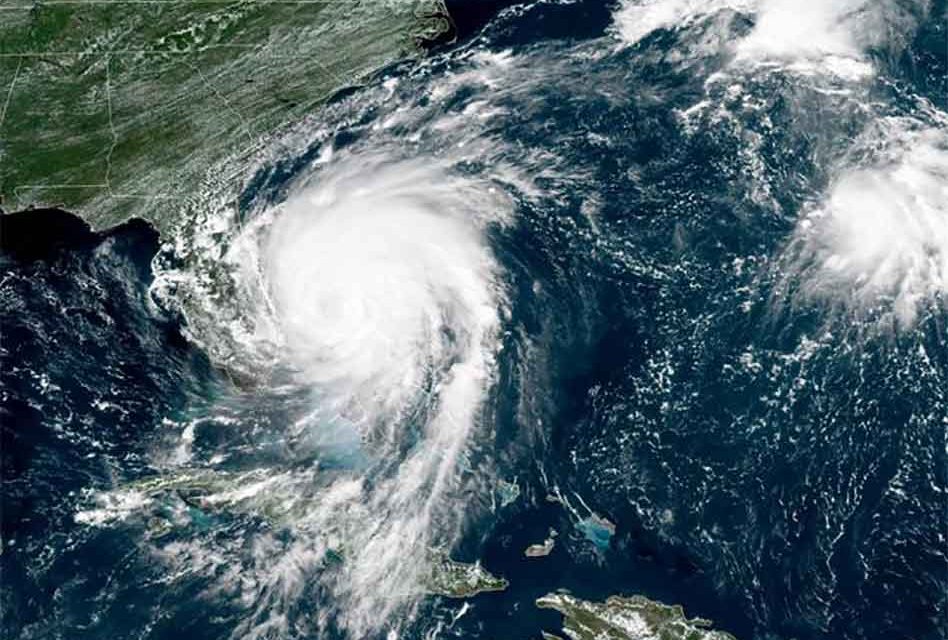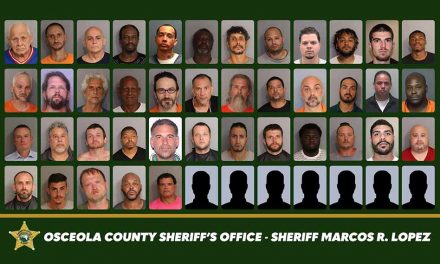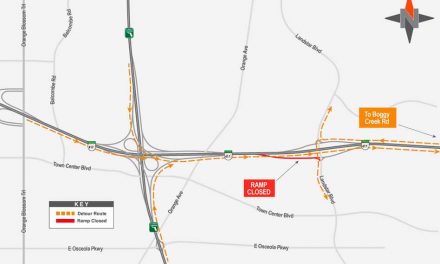Happy June 1, everybody. You know what that means.
With the response to the coronavirus now approaching its 13th week — or 14th maybe, we’ve run out of fingers to count with — those who go into active modes when the tropics get active have already been thinking about responding to this year’s hurricane season, expected to see above-average activity.
So far so true, as there were two named storms in May, before the season officially began today, and the National Hurricane Center is already watching a disturbance expected to move into the Bay of Campeche.
For the Osceola County Office of Emergency Management and Kissimmee Utility Authority, preparations for the pandemic have been similar in intensity to annual hurricane season preps.
There’s the message: KUA, the EOC and the county and two cities have a plan, so families need one that involves storm readiness and COVID-19 prevention, too.
A tax-free holiday for certain storm essentials runs through Thursday, including generators under $750. If a storm does threaten Osceola County this year, the time to “hunker down” could be weeks or months away, but now is the time to get supplies ready when stress levels are low.
“Now’s the time to stock up on those supplies instead of when a storm’s bearing down and people are rushed and panicking,” said Bill Litton, Osceola County’s Emergency Management Director.
KUA’s Vice President of Corporate Communications Chris Gent said the utility has already thought through layering the plans in terms of, say, needing mutual aid crews if a storm threatened and bringing them into our area’s workforce safely.
“It’s been a good dry run with some real-time experience with that. We’re good, I think we’re ready for the season,” Gent said.
KUA will produce its annual Hurricane Handbook, with partnered information from the EOC, KUA, Toho Water, Osceola County and the cities of Kissimmee and St. Cloud. It’s the reference for where to go for information before the storm and where to get assistance afterwards, such as what to do with pets and how to handle insurance claims.
Litton said being in Day 54 of the pandemic response has forced approaching hurricane season planning a little differently this year, especially when it comes to running shelters.
“FEMA already has a different strategy for sheltering, with screening processes and isolation areas we haven’t used, like classrooms, for those showing symptoms during storms,” he said. “Large areas will only be able to hold smaller groups to comply with social distancing.”
Since shelters in Osceola County are often used for those fleeing the coast with nowhere else to go, the message locally changes a bit: if you live in a well-built house, then shelter in place.
“Our focus will be on those in low-lying, flood prone areas, mobile homes and special needs clients, who would go to a special needs shelter,” Litton said. “This year the county may need a secondary special needs shelter and limit those there to one accompanying family member. Those not comfortable in their own home should arrange to stay with nearby family or friends. Shelters are a lifeboat, not a cruise ship.” Litton said.
The website readyosceola.org is a clearinghouse for county emergency information.




















